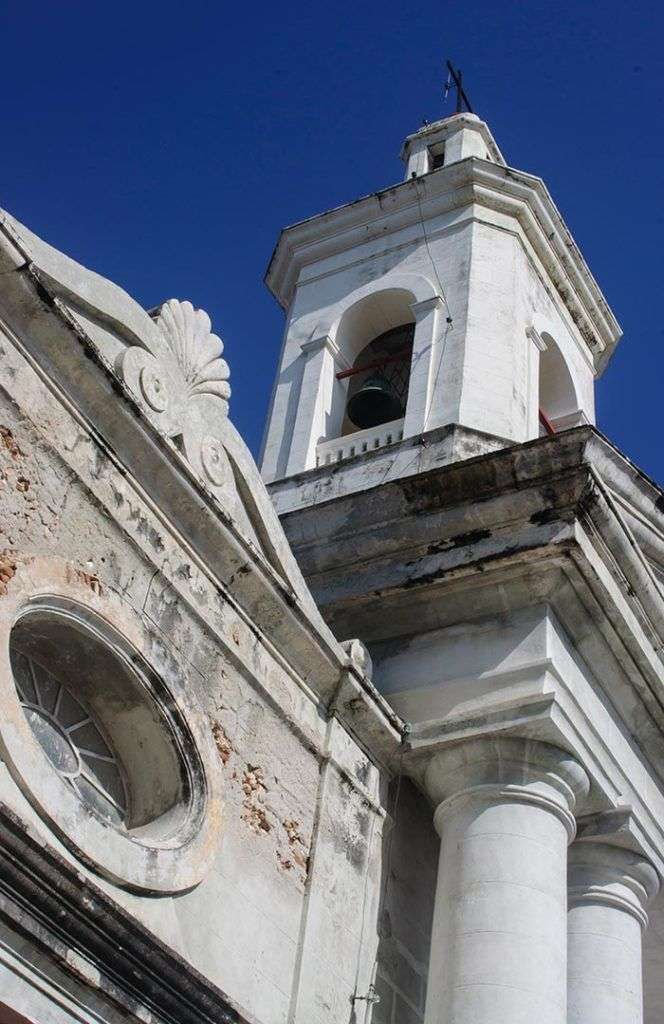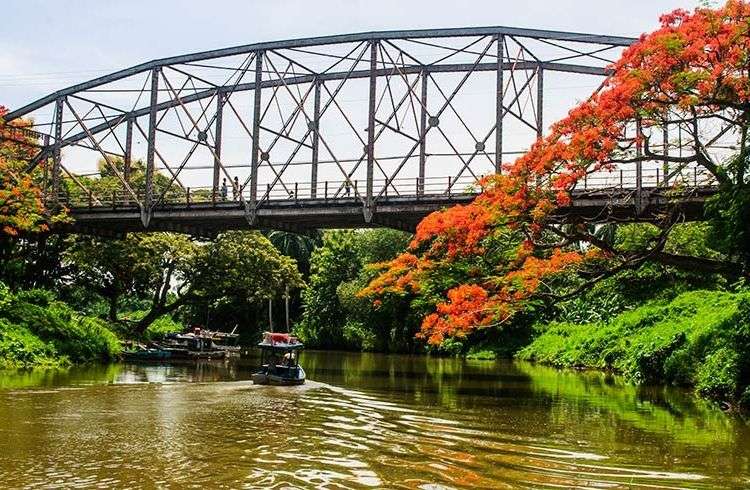Isabela de Sagua no longer welcomes steamers or other mighty ships from big cities across the continent. What was once one of Cuba’s major ports is simply a fishing enclave today. There was a time, decades ago, when travelers from far and wide would disembark there and then continue on their journey to Sagua la Grande by train or by smaller boats that sailed the River Undoso.
At that time, Sagua was one of Cuba’s most prosperous towns. It is still an important city, the second-largest in Villa Clara province, but one thing must be recognized: most of its glory is in the past. This city clings to its history (which is rich and teeming with events) and does not resign itself to decadence.

Sagua is still a significant agro- industrial center. Suffice it to walk through its streets to confirm the vitality of yesteryear: its historic district holds buildings with valuable architectural features, most of them from the early 20th century. The reconstruction effort sweeping other historical cities in Cuba does not seem to have taken hold in Sagua, but passers-by can still admire the greatness of their surroundings. Sagua la Grande does not look like a “country town”: it is a consolidated city with lots of “personality.”
The locals, known as sagüeros, know that and are proud of it, despite the occasional building in ruins. The list of celebrities who were born in this city is so long it can be overwhelming. Two names vie for favorite son: Wifredo Lam, the best-known Cuban painter of all times; and Joaquín Albarrán, a world-famous urologist. But there are many more: writer Jorge Mañach; musicians Rodrigo Prats, Enrique González Mántici and Ramón Solís; singer Antonio Machín; baseball player Víctor Mesa; painter Alfredo Sosabravo; actress Asenneh Rodríguez; photographer Peter Henry Emerson; Doctor Concepción Campa Huergo; senator Melquíades Martínez….
A legion of famous figures have placed this city on the world map. In late 2011, this city’s historic district was proclaimed a National Heritage site. All of its buildings are now protected by law. The city’s layout is almost perfect: its streets are wide, and the buildings are monumental, to a good extent…. An empire of neoclassical style and distinguished eclecticism, this city holds surprises for those who stroll its streets: solid, elegant churches, fairy-tale mansions, stately homes….
The Undoso, a tranquil river, flows through with aristocratic serenity. From its large iron bridge, all you can see on its banks are trees. It looks like a rural landscape. However, the city pulsates with life right there; the dull roar of traffic and other everyday sounds are audible. Sagua la Grande is as vital as ever, living and breathing. —










